Report from the symposium 2008
A scientific symposium The youth sport 2008 – The heart of Europe was held at the Faculty of sport in Ljubljana between November 14 and 16 2008. The patron of the symposium was the President of the Republic of Slovenia Mr Danilo Türk. The target group for the symposium were researchers and experts working in different fields of sport, physical education and the health of children and youth; 230 participants from 18 countries attended from all over the world. The title topics of the symposium were:
- lifestyle of young people (sport in free time, dietary habits, promotion of health, physical preparation, the role of media, physical and motor development, motor competency)
- trends in physical education teaching (classroom management, working with children with special needs, curricular development, types and methods of teaching, planning, evaluation and marking, the role of teacher)
- competitive sport of young people (working with talented children, ethics and fair play, appropriate sport practice and young people, psychological aspects of working with young sportsmen)
- medical aspects of the sport of young people (safe practice, injuries, diet, obesity, asthma, missing physical education, smoking, alcohol and drugs, cooperation between teachers and doctors)
- university sport (motivation, organisation of practice, competitions, trends).
Symposium presented an excellent opportunity for establishing new cooperation paths of Slovenian researchers and students – young researchers with people from abroad. 70 foreign and 45 domestic scientists and experts debated on the social issues from the field of sport in and out of Europe. Participants came also from International Olympic Committee, several international sports associations and national sports governing bodies. Participants could listen to seven plenary lectures, participated in twelve topical sections and could visit five thematic presentations of posters. Additionally, the programme was organised in a way of three thematic days, targeting specific groups: Physical education of younger age groups (teachers in kinder garden and teachers in the first-three-year school period, working with a population of up to 9-years-old), Medicinal aspects of the sport of young people (sports pedagogues, coaches, doctors) and University sport (students, sports pedagogues, university management and associations running the extracurricular sports activities of students). Within these thematic days, several round table discussions were being held (debate on the safe children’s playgrounds, debate on the missing from physical education in schools, debate on the sport of students) as well as workshops on the use of teaching materials in physical education lessons, the use of computers in the planning of the organisation of sports activities and the dance workshop.
The plenary section presented beside domestic and international researchers also contributions from invited foreign speakers: prof. dr. Ken Hardman (University of Worchester, Great Britain), prof. dr. Ashley Cooper (University of Bristol, Great Britain), prof. dr. Marjeta Mišigoj Duraković (University of Zagreb, Croatia) and Antonin Rychtecky (University Karlova in Prague, Czech republic).
The presented research findings and discussions revealed that current recommendations about physical activity of children do not have desired effects! In Slovenia, similar to other European countries, the number of overweight children has reached epidemic proportion and the decrease of motor abilities of young people is progressively more noticeable despite the daily 60-minute moderate to intensive physical activity of primary school children. The largest negative changes have been noticed in 7- to 11-year-old children; the negative tendency of poor motor preparation can be seen already at the time of entering the primary school.
Presumably many negative factors and measures, which on a systematic level reduce the physical activity of young people, can be considered as a cause of progressively worse situation: lesser quality of the realisation of physical education programmes in the first few years of education, diverse physical competency of children in the first three-year school period depending on their prior attendance of kinder gardens, unsuitable norms for the size of groups when exercising as a result of larger differences between children, inappropriate professional support for people working with children with special needs who attend mainstream programmes, reduction of the volume of physical education lessons in vocational and technical high school programmes, progressively larger organisational inefficiencies in the realisation of programmes Learn to swim and promotional sports programmes (Golden sun, Krpan, school sports competitions), less appropriate definition of physical education for students in Bologna programmes, poor public financial support of all sports activities of young people, inappropriate professional competency of people working with young people outside of regular school hours.
Therefore, the participants at the symposium were unanimous that the change in the approach to physical activity of Slovenian and the European youth is urgently needed. During the congress, 20 recommendations were formed with the intention of improving the current worrying situation. Suggested recommendations target the sports activity of young people in different ages. Some of the recommendations can be relatively quickly and easily to implement, whereas some require long term, complex and coordinated approach of different partners in dealing with problems at hand. The complexity of proposed measures cannot be considered as an excuse, as a situation is worrying to the point of potentially very damaging health, economic and social consequences.
Proposed recommendations
1. Professionally led regular sports activity, which is well structured and of adequate intensity, is the only physical activity with sufficient positive effects to neutralise negative consequences of modern, predominantly sedentary lifestyle of children. Physical education in school represents the only regular physical activity for the entire population of children; therefore, any reduction of the volume and/or quality of physical education can be fatal for the health of children and youth. Moreover, it is necessary to increase the frequency and quality of physical education; the role of sports activity has to be defined in all the policies, concerning the physical activity of young people.
2. The Professional Council for vocational education and the Ministry of education and sport are asked to re-evaluate the volume and contents of physical education in vocational and technical high schools. Ministry of education and sport should help enforcing the EU recommendations for a minimum of three hours of high quality and intensive physical education per week in the entire system of education.
3. The Ministry of education and sport should define a priority financing of programmes for permanent professional training in the field of physical education for all primary school teachers in the first three-year period of education as well as for teachers, participating in sports days, extra-curricular sports activities in schools and in outdoor programmes. Priority financing should also be available for training programmes of physical education and first three-year period teachers, emphasising their role in introducing children to a healthy lifestyle, the use of modern technology (heartbeat measuring devices, consumption of energy etc.), which give objective results about the intensity of exercising and progressing.
4. Research findings and the experience of good practice point to the successfulness of joint teaching of sports pedagogue and the primary school teacher in the early years of education from the point of view of physical and motor development of children and their motor competency. Local communities and the government should financially support schools to organise such type of education.
5. Local communities should systematically improve material conditions for the realisation of physical education in kinder gardens, as they are one of the important reasons for unsuitable loading and modestly set targets for motor skills and sports knowledge of the youngest population.
6. Local communities and kinder gardens should organise many sports activities and look for partnerships with sports clubs and private individuals, who provide professionally led sports programmes.
7. The Ministry of education and sport should together with local communities encourage the reconstruction of children’s playgrounds with diverse yet suitable equipment, the local communities should take care of their permanent and regular maintenance. A need for regulatory norms is required, as the playing equipment should follow the standards that ensure safety and usability for various age groups.
8. It is proposed that the Professional Council for general education and the Ministry of education and sport update the curriculum for kinder gardens. An area, which at the moment is called Movement, should be renamed into Physical education; the goals, contents and didactical recommendations have to be added. The norms for the building of sports facilities and sports equipment in kinder gardens have to be updated and rewritten.
9. Newly designed curricula for physical education need to define motor competency of children and youth in complete vertical set-up of educational process (motor and physical development, motor and theoretical knowledge), the ways of monitoring of required competency and the ways of providing feedback information to children, youth and the parents.
10. The new National programme of sport should suitably define the public interest in the field of sport of children and youth with adequate starting points for public financing of programmes and their promotion. It should include regulation that only qualified professionals are allowed to work with children in any chosen area.
11. It is recommended that the University of Ljubljana establishes a foundation called The Sport of Youth, with the goal of informing the public about the changes in motor efficiency and increased obesity of people and their consequences for health. Particularly recognised should be national promotion of sport, the Foundation should be run by the Faculty of sport and the Faculty of medicine.
12. Negative effects of modern lifestyle will in future increase health problems in young people; therefore the communication between doctors, sports pedagogues and parents has to be improved. Health problems of schoolchildren need to be considered within the team of listed people. For this purpose, schools should organise beginning-of-the-year meetings and afterwards plan the additional lessons of physical education for children with health problems. Minister for education should recommend to the schools the organisation of additional lessons for pupils with problems related to excessive weight and reduced physical capacity and motor competency.
13. As a result of the cooperation work of doctors and sports pedagogues, legal questions will arise in relation to the personal data protection, public interest and the safety of participants. The answers to such questions should be provided by the Information Commissioner.
14. Discussions about the health related issues of youth and the physical education require regular professional exchange of opinions and examples of good practice of paediatricians, school doctors and sports pedagogues, hence joint annual symposiums of these professionals are suggested.
15. It is necessary to increase the financial support for the national monitoring of physical and motor development of young people, which will enable the organisational update and upgrade of the system of Sports-education data chart. This measure will facilitate the qualitative and up-to-date feedback information to sports pedagogues, parents as well as children and youth; it will also provide the public politics to prepare necessary and well-timed reactions.
16. Due to the shortage of scientific findings in the field of sports participation of student population, this area requires larger research attention in future (types and frequency of sports participation, motivation, lifestyle, physical characteristics, motor competency, health indicators).
17. In order to increase sports participation of students, a joint partnership of various organisations working in this field will have to be established (CUS, FS, SUSA, EUSA, FISU; perhaps a consortium type partnership). A uniform supply of programmes will have to be set up (all programmes available at the same point – single catalogue - internet supported). Existing programmes have to be expanded and some new possibilities need to be offered, based on the modern technology, such as e-communities, which are becoming a social medium. Namely, tendencies show that increasingly more students participate in sport on an individual basis or else create suitable type of organisation on their own. Creation of e-communities would enable the students with similar interests (e.g. running) to network in the area of sport (e.g. Facebook named social website) and at the same time receive adequate professional support (e.g. planning of running loads, prevention of injuries, healthy diet...), which would be provided by suitably qualified staff (e.g. University teachers). It will also be necessary to carry out a detailed analysis of existing factors on facilities and human resources, which would lead to planning for establishing conditions for updating and acquiring new sports facilities of the faculties and the University sports centres (e.g. Sports park Kodeljevo) and the increase of public finances for university sport.
18. Planned sources of financing of student sport, which in the estimate of CUS reach about 1.5 mio EUR annually, need to be significantly increased.
19. In the area of organisation of university sport, it is necessary to stop the reduction of the volume of physical education of students. The optimum situation would include three hours of compulsory physical education at least for the first year students, whereas the students of higher years should have a possibility for free-of-charge sports participation (or at least heavily subsidised participation) in a way of optional subject or through the CUS programmes. The University should encourage the members to amend the Bologna studying programmes according to this initiative. Physical education teachers at the faculties should prepare and include suitable programmes of physical education into Bologna studying programmes of individual institutions. The CUS programmes can serve as an upgrade for students of all years.
20. Data reveal that approximately 20% of students never participate in sport. This group have to be dealt with specifically and suitable programmes have to be prepared in order to mobilise this group.




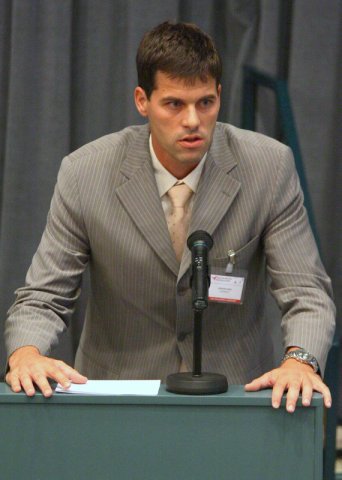
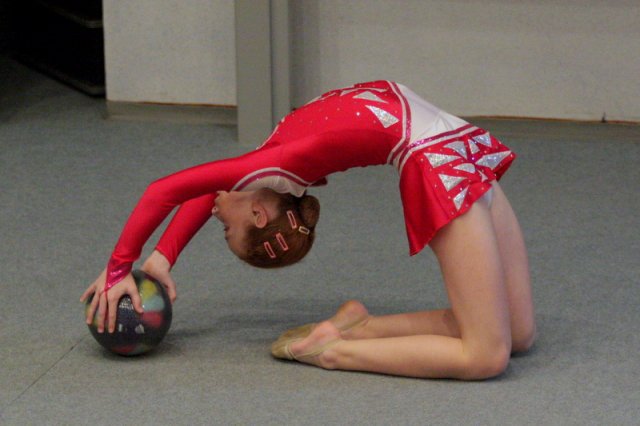
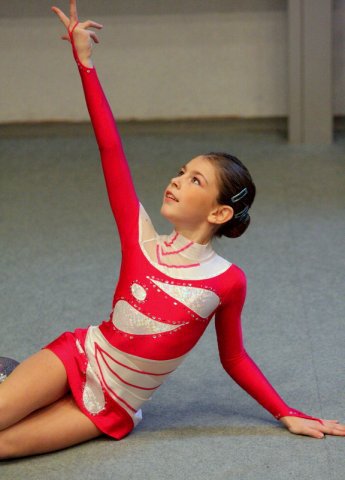
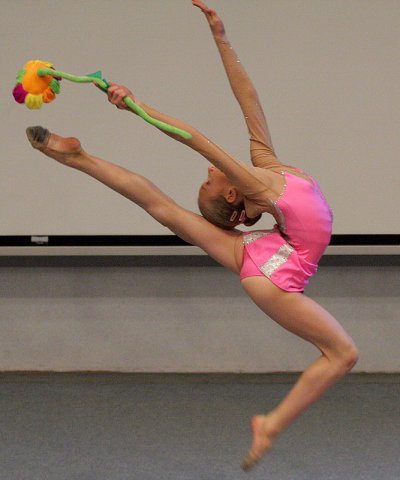
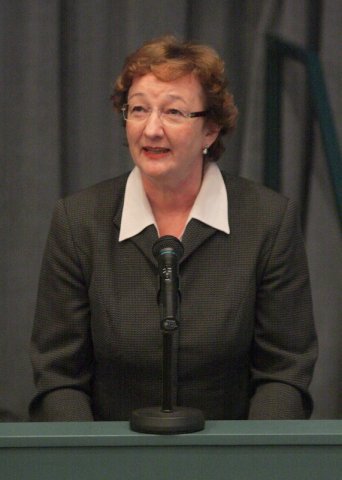
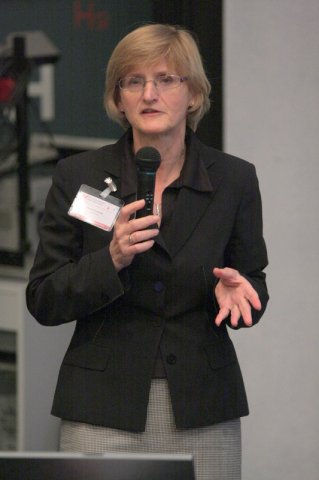
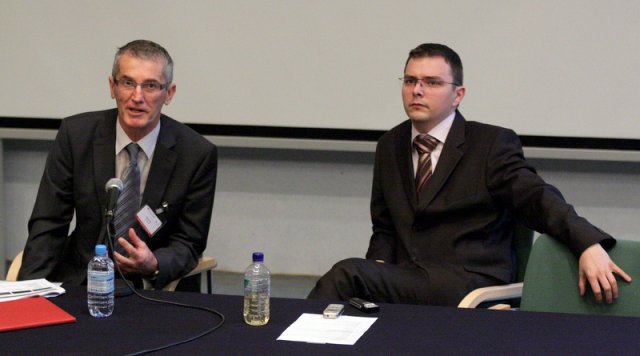
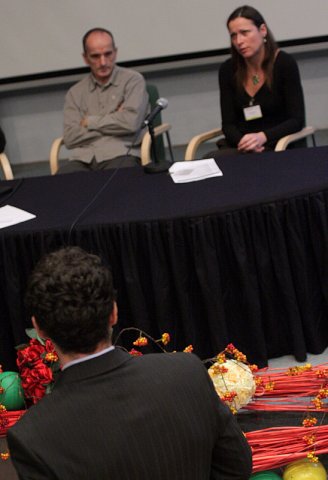
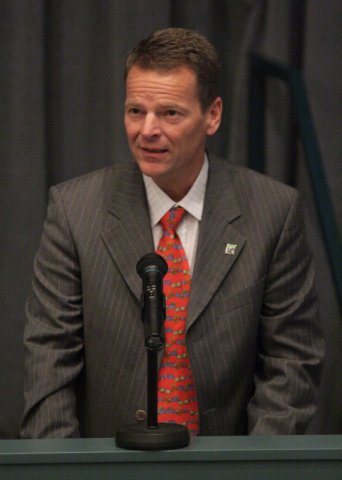
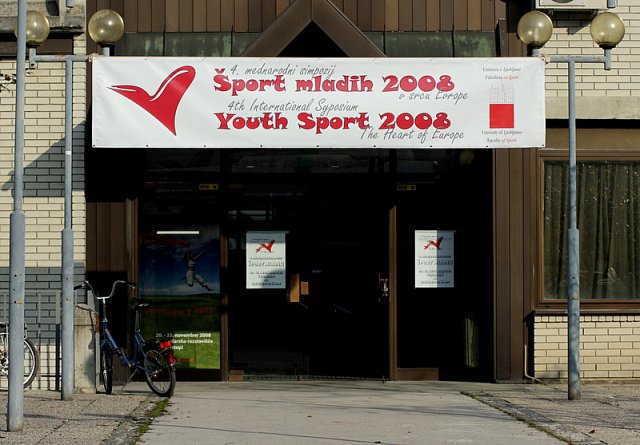

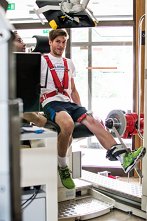

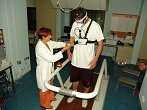

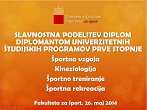






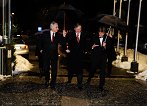


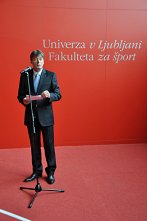


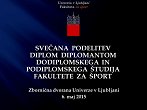
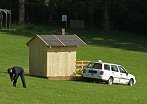






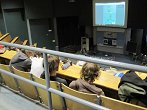


.png)